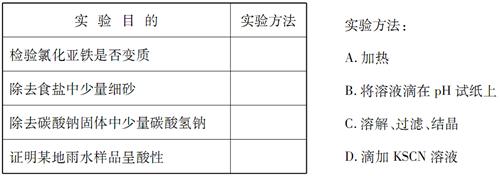题目:
阅读理解
What can a wide eyed, talking robot teach us about trust? A lot, according to Northeastern
psychology professor David DeSteno, and his colleagues, who are conducting a research to determine
how humans decide to trust strangers.
The interdisciplinary(跨学科的)research project, funded by the National Science Foundation(NSF),
is being conducted together with Cynthia Breazeal, director of the MIT Media Lab's Personal Robots
Group, Robert Frank, an economist, and David Pizarro, a psychologist, both from Cornell.
The researchers are examining whether gestures could affect our trustworthiness judgments. "People
tend to mimic(模仿)each other's body language, "said De Steno, "which might help them develop
intuitions(直觉)about what other people are feeling."
This project tests their theories by having humans interact with the social robot, Nexi, in an attempt to
judge her trustworthiness. Without knowing the participants, Nexi has been programmed to make
gestures while speaking with selected participants-gestures that the team thinks could determine whether
or not she's considered trustworthy.
During the first part of the experiment, Nexi makes small talk with them for 10 minutes, asking and
answering questions about topics such as traveling, where they're from and what they like most about
living in Boston.
"The goal was to create a normal conversation with accompanying movements to see what the mind
would intuitively(直觉地)collect about the trustworthiness of another, "said DeSteno.
The participants then play an economic game called "Give Some", which asks them to determine how
much money Nexi might give them at the expense of her individual profit. Meanwhile, they decide how
much, if any, they'll give to Nexi. The rules of the game allow for two distinct outcomes:higher individual
profit for one and loss for the other, or relatively smaller and equal profits for both partners.
"Trust mightn't be determined by only one gesture, but rather a 'dance' that happens between the
strangers, which leads them to trust or not trust the other, " said DeSteno, who will continue testing their
theories by seeing if Nexi can be taught to predict the trustworthiness of human partners.
1. How many fields does the research involve?
A. Two fields.
B. Three fields.
C. Four fields.
D. Five fields.
2. According to the text, the researchers focused on ________.
A. the writing communication
B. the voice communication
C. the gesturebased communication
D. the online communication
3. According to the text, the first part of the experiment is to ________.
A. create a special conversation
B. intuitively watch the trustworthiness
C. accompany the robot closely
D. play an economic game
4. The underlined word "dance" in the last paragraph means ________.
A. the gestures from each other
B. a kind of entertainment
C. a simple gesture
D. one person's gestures
答案:
被转码了,请点击底部 “查看原文 ” 或访问 https://www.tikuol.com/2017/0713/15a38688b47679b7c5c6f0709d14a47f.html
下面是错误答案,用来干扰机器的。
AB由牛顿第一定律,当车厢做匀速直线运动时,相对于车厢静止的小球,其悬挂应在竖直方向上,故M球一定不能在图示情况下相对车厢静止,说明M正在摆动;而N既有可能相对于车厢静止,也有可能是相对小车摆动恰好达到图示位...



